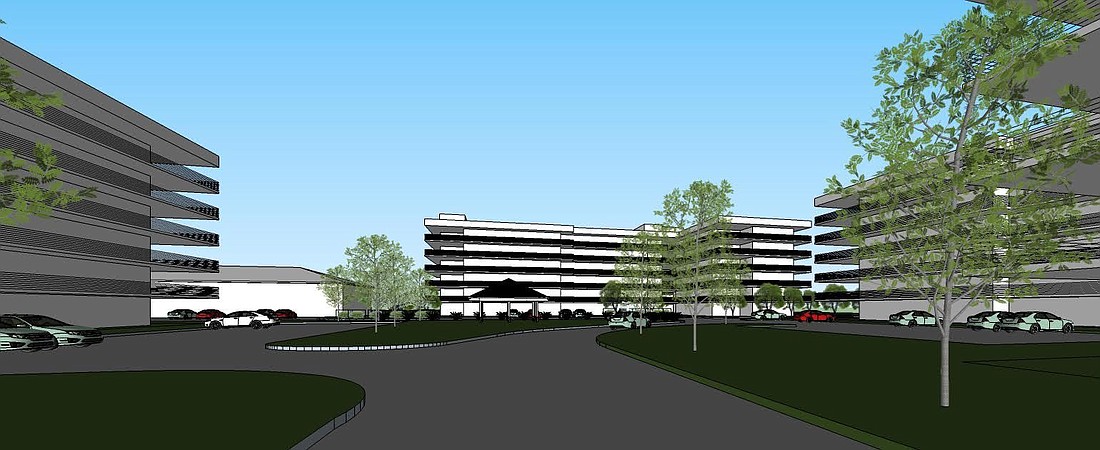- December 21, 2025
-
-
Loading

Loading

A lack of affordable housing costs people, businesses and developers in one way or another. That is one of the most important messages contained in a report commissioned by the Gulf Coast Community Foundation from the Florida Housing Coalition, a nonprofit advocacy group. The Community Foundation hopes the report will inspire developers and businesses throughout the county to address Sarasota’s lack of affordable housing.
According to the report, 43,000, or 25 percent, of all households in Sarasota are low-income, cost-burdened households — they spend 30 percent or more of their income on housing and related costs, including rent or mortgage and utilities.
A home is considered affordable if related costs fall below 30 percent of the household's income.
Jon Thaxton, director of community investment for the Gulf Coast Community Foundation, said the purpose of the report is to provide people with data and to help them understand that costs associated with a lack of affordable housing are usually picked up by government and passed back to citizens, either by impeding economic development or increasing the cost of government services.
“We’ve stopped building affordable housing,” Thaxton said. “Your Brentwood Estates’, your Kensington Parks’, … , we haven’t built those for 15 to 20 years.”
Increased costs for social services including education, transportation, and healthcare accompany high numbers of cost-burdened households, he explained, because people who pay disproportionately high housing costs relative to their income have little to spend on anything else. In those situations, the government usually picks up the slack.
At a recent presentation before the Council of Neighborhood Associations, members of SCOPE, a local nonprofit that mines data from federal and state organizations to create localized pictures, the message was similar. They reported, using 2013 data, that of the ten most common occupations in Sarasota County, only nursing provided an annual wage high enough to allow workers to comfortably afford a median-sale-price home.
But that problem isn’t confined to low wage jobs, Thaxton said. He cited a recently released Economic Development Corporation of Sarasota County report that found even in export industries, which are highly sought after because they bring revenue from outside the area that’s spent here, workers had difficulty finding affordable housing. That is noteworthy, Thaxton said, because those industries usually hire people with technical training and pay much higher wages.
“If it’s difficult for a guy making $60,000 or $70,000 a year to find housing in Sarasota,” Thaxton said, “imagine how hard it is for someone making (far less).”
Thaxton, who is also a former county commissioner and a long-time housing advocate, said the county’s comprehensive plan contains “excellent” policies related to affordable housing.
“The solution to these conundrums (is to) figure out a way to activate those policies,” said Thaxton.